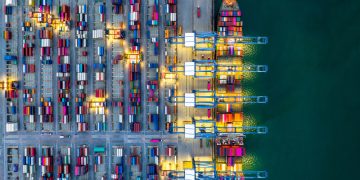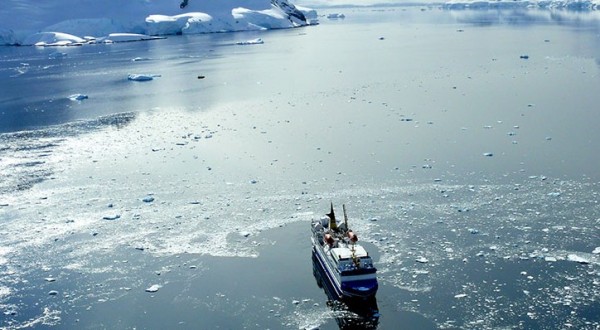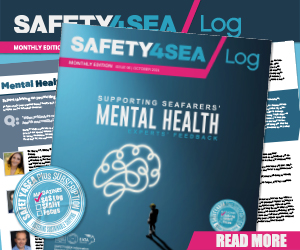ICCT has issued a working paper regarding air pollution from marine vessels in the US High Arctic in 2025.
The study presents an emissions inventory based on the low- and mid-range scenarios indicating a potential 150 to 600 percent increase in emissions by 2025. Potential policies to constrain emissions growth include a global switch to cleaner marine fuels and the expansion of existing emission control area for marine vessels.
Marine vessels are a large source of greenhouse gas and air pollutant emissions, including CO2, NOX, SOX, particulate matter and black carbon, which impact local air quality, human health, and the global climate. Since the record-low Arctic Sea ice extent recorded in September of 2012, vessel activity and the associated impacts have been the focus of a number of different strategies for addressing operations, activities, and environmental concerns. The 2013 release of the U.S. National Strategy for the Arctic Region (NSAR) and its Implementation Plan (IP) in January 2014 highlight the issues of importance, including shipping and maritime infrastructure. A report recently released by the U.S Committee on the Marine Transportation System (CMTS) under the Department of Transportation (DOT) presented a set of scenarios for increased Arctic maritime activity in 2025.
The current lack of regional environmental requirements for vessels transiting and operating in the U.S. Arctic may lead to an increasing impact on human health for Arctic communities and for the global climate. U.S. Departments as well as the Arctic Council and other Arctic governments have stressed the need for governments to consider the issues of community health and resilience. Additional emissions of climate-forcing pollutants such as black carbon and carbon dioxide combined with emissions of PM and NOX, which can be linked with respiratory health issues, may place additional stress on the Arctic environment and Arctic communities.
If diversion of vessels from other international routes increases, a growing share of pollution will come from larger vessels that are regulated internationally, and emissions from larger oceangoing vessels such as tankers and bulk carriers (2-stroke engines) will begin to outnumber smaller domestic vessels (see figure below). While the U.S. has adopted relatively strict NOX and PM domestic emission standards for smaller (C1 and C2) engines, there are currently no PM standards for engines on oceangoing vessels; furthermore, as noted above, there are widespread calls to delay the global 0.5% fuel sulfur limit to 2025 or beyond. The lack of regional restrictions in the Arctic leaves the area vulnerable to increasing emissions from international traffic that is less tightly regulated than under U.S. law.

A number of policies can mitigate shipping emissions growth in the U.S. Arctic between now and 2025. Upholding the implementation date of 0.5% fuel sulfur, rather than delaying to 2025 or later, would provide benefits beginning in 2020 extending through the period of time when increases in vessel traffic are actively occurring. Extending the North American ECAs into Arctic waters would provide additional air-quality and human health benefits associated with 0.1% sulfur fuel and the use of Tier III engines for reduced NOX. Regional benefits would be increased by cooperative bilateral action with Canada, or additionally multilateral action with other Arctic nations to extend the Arctic ECA to larger areas of the Arctic
Other potential avenues for reducing Arctic emissions from vessels include designations of Marine Protected Areas (MPA) under domestic conservation frameworks, or possibly the designation of particularly sensitive sea areas (PSSA) under the IMO. Both options would provide guidelines for limiting vessel operations within the areas and specifying either speed limits or fuel requirements for operation, both of which could reduce emissions. As interest in the Arctic as an international shipping route increases and ice extent diminishes, growth in maritime activity becomes more likely. Initial steps to address the need for enhanced infrastructure, emergency response, and communication are under discussion; environmental policies to protect human health and the global climate should be considered in parallel.
Further information may be found by reading the ICCT study “Air pollution from marine vessels in the US High Arctic in 2025″ by clicking below:
Source: ICCT
In the start, I was explicit with you propecia before and after has changed my being. It has become much more fun, and now I have to run. Just as it is improbable to sit.


































































